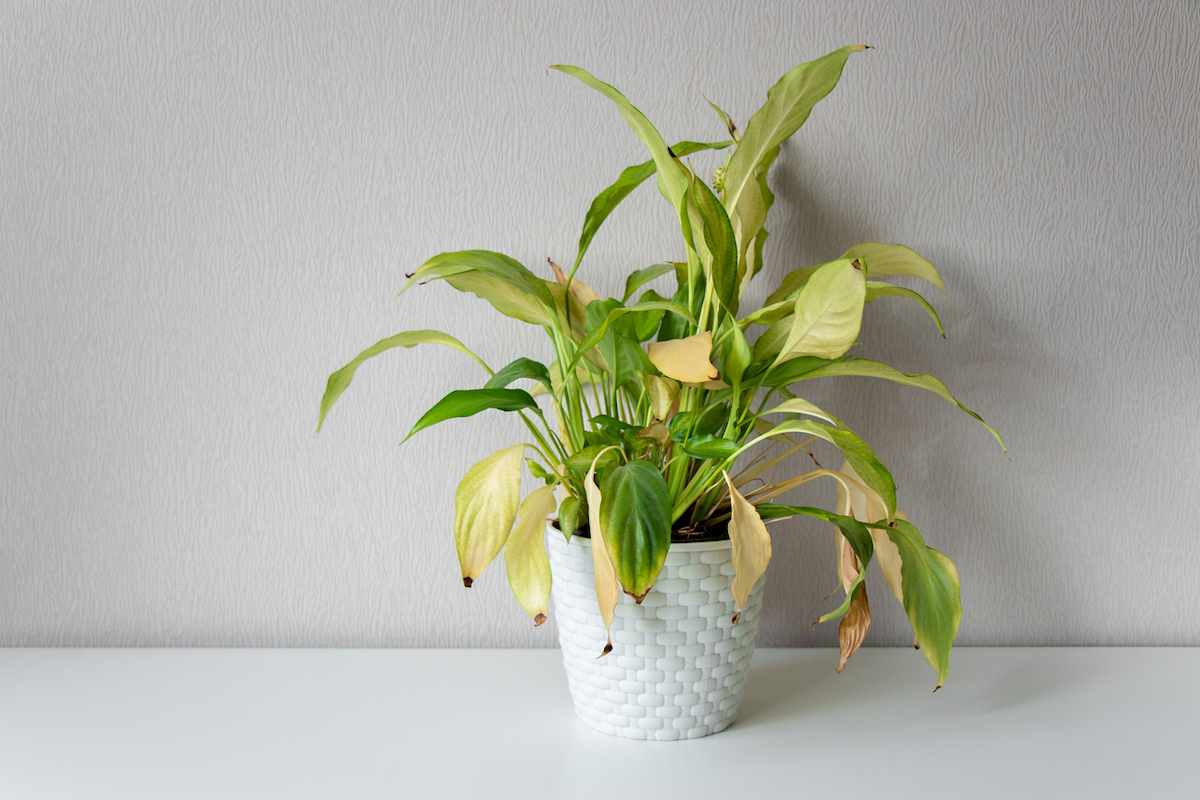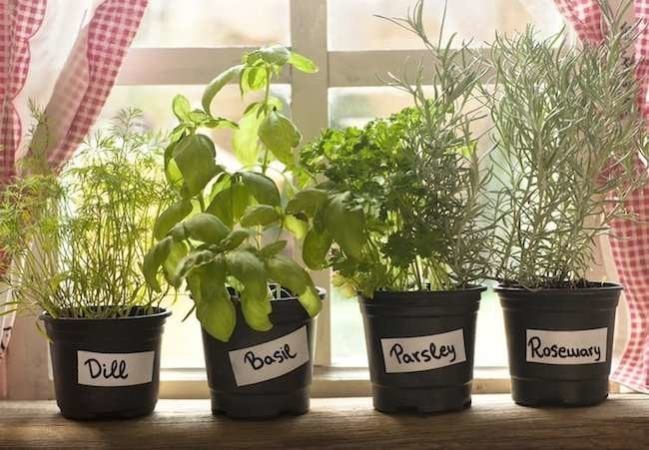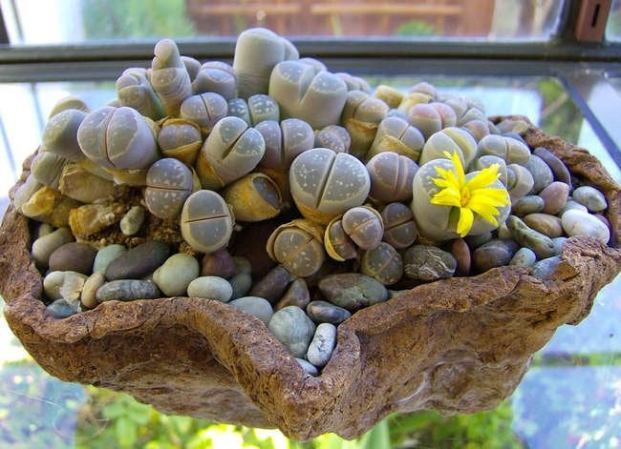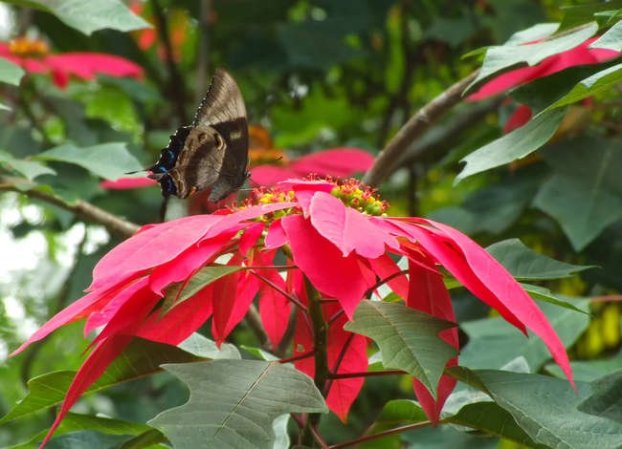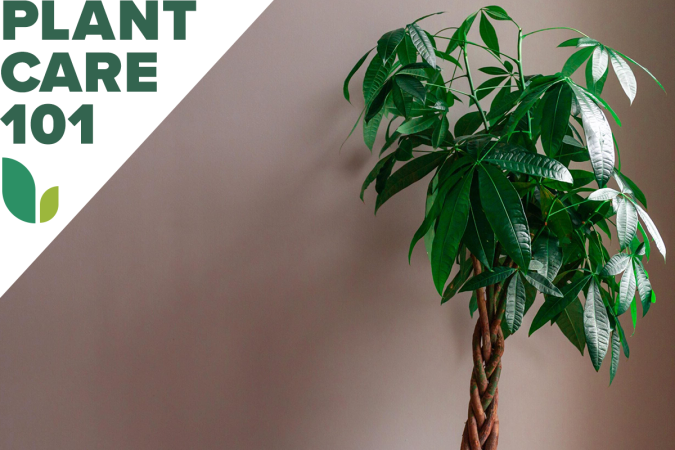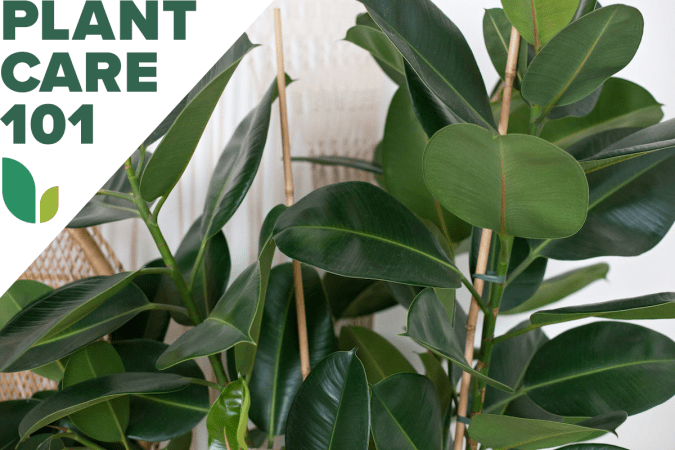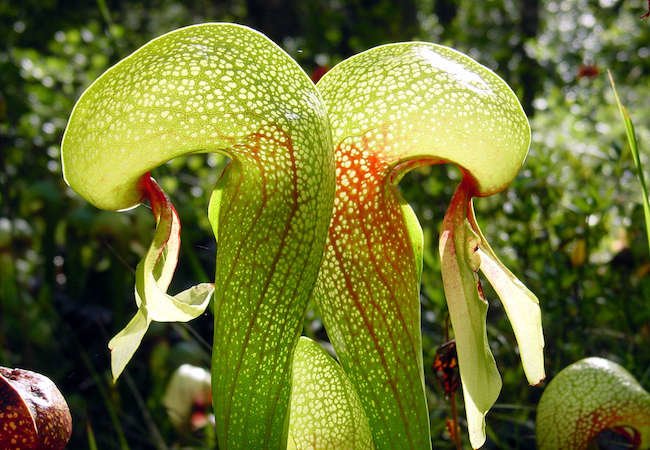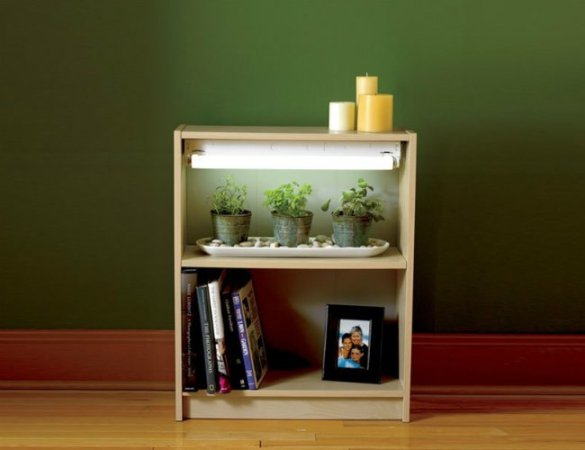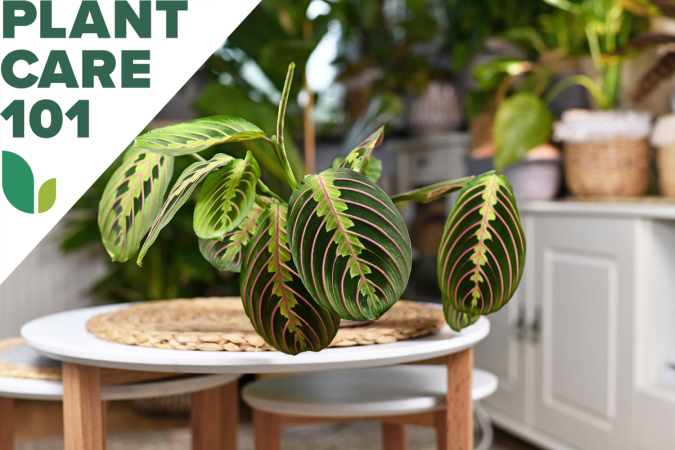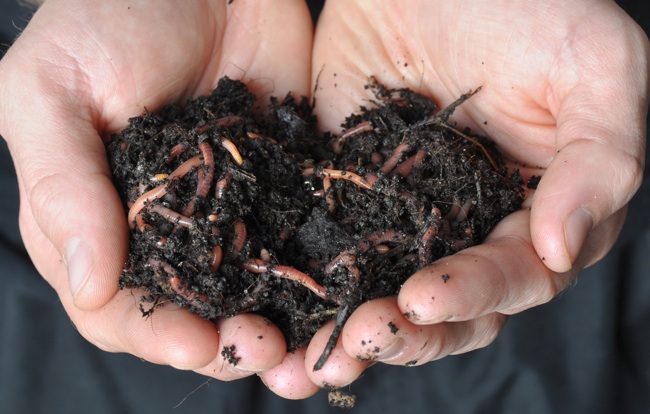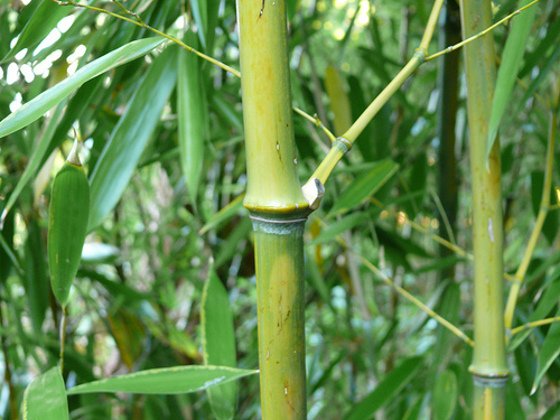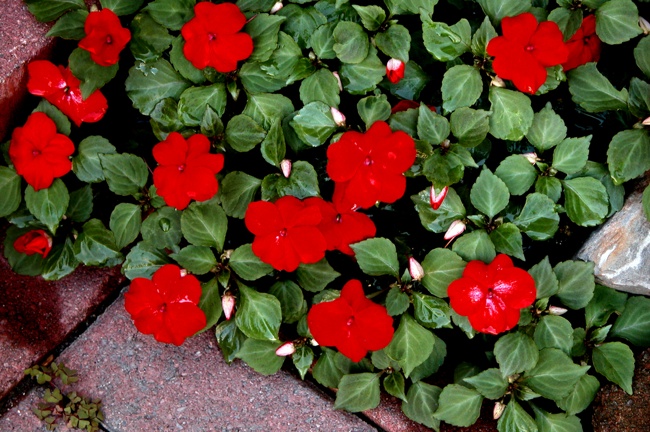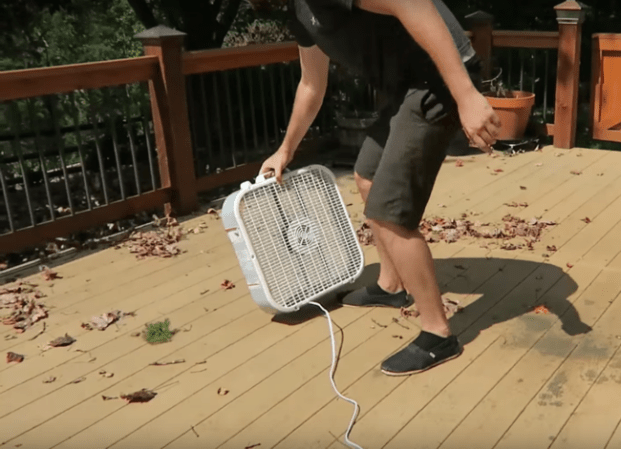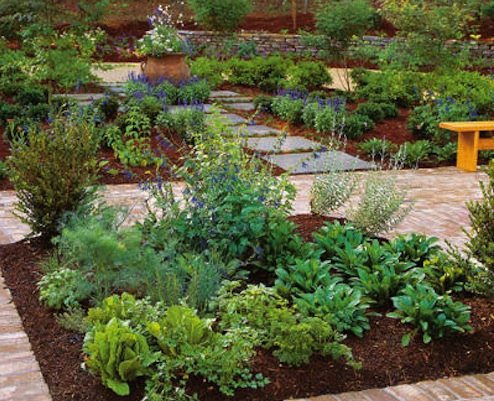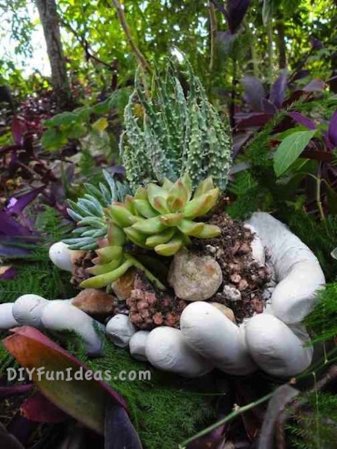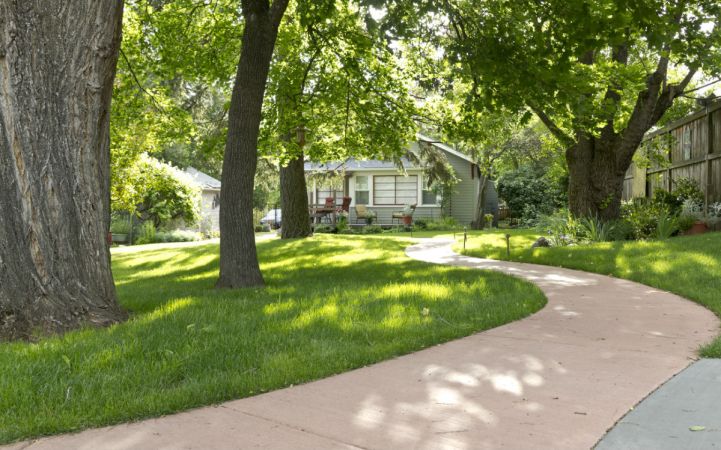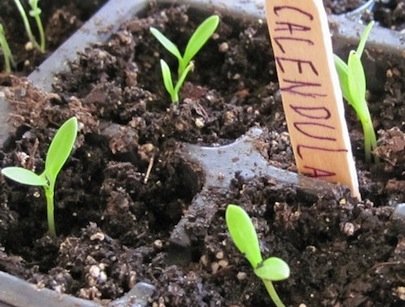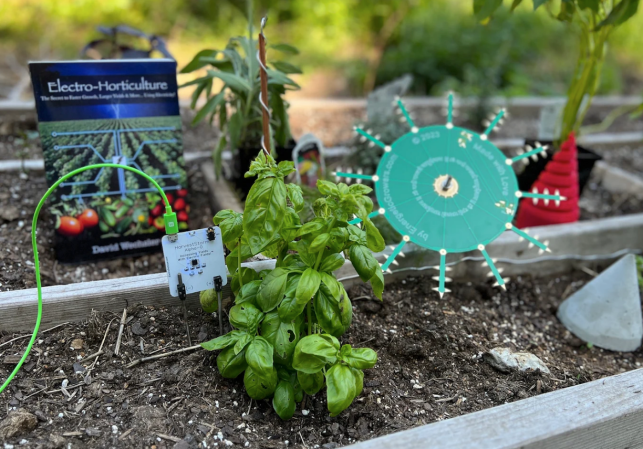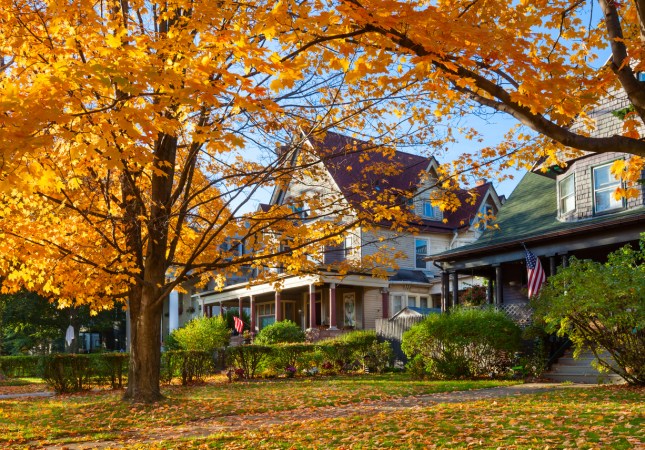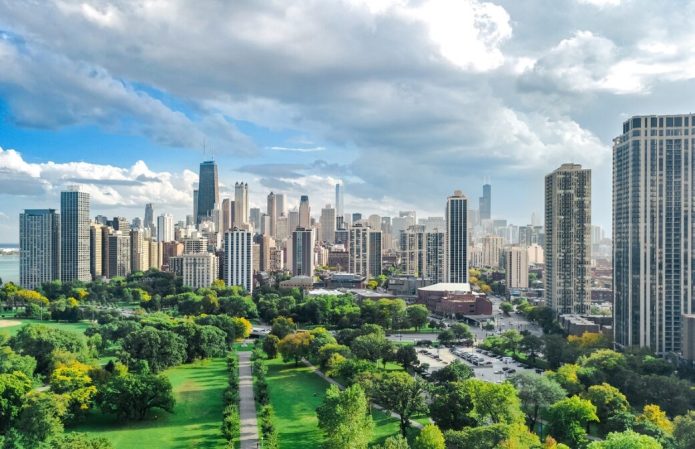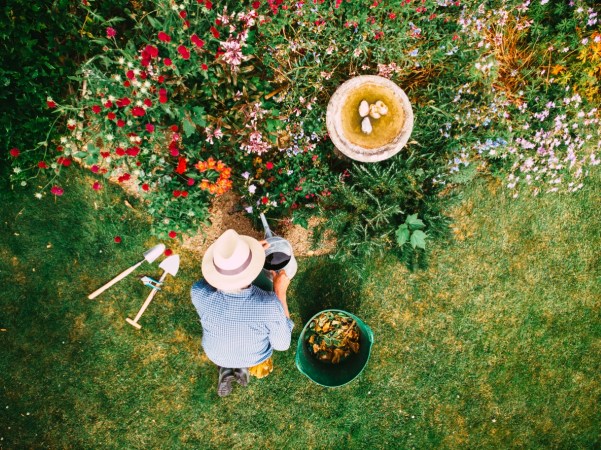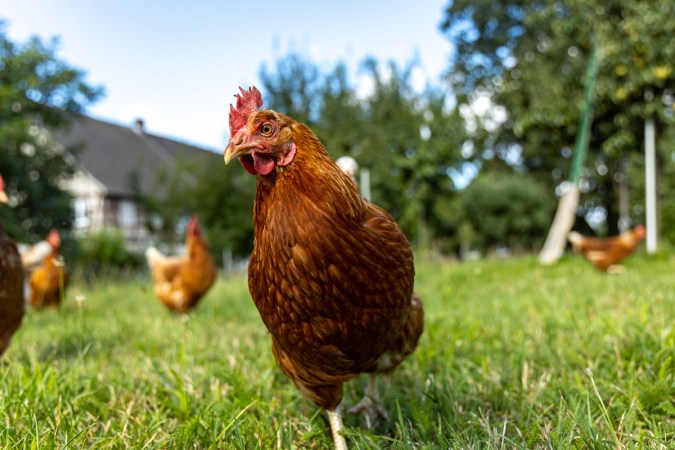We may earn revenue from the products available on this page and participate in affiliate programs. Learn More ›
Q: I purchased my first houseplant a few months ago, and things were going great. But recently its leaves have started to turn yellow. What’s wrong with my plant; am I doing something wrong?
A: The good news is that, despite the color change, a plant that still has all of its leaves likely can be salvaged. Yellowing leaves are typically an early warning sign that something is wrong. This visual red (err, yellow?) flag is a sign that it’s time to inspect your plant a little more closely than usual.
The bad news is that yellow leaves can be a symptom of many plant problems, some not so serious, and some potentially fatal if ignored. Here are some common reasons that a plant’s leaves might start yellowing and how to tell these issues apart.
Related: 11 Signs of an Unhappy Houseplant (and How You Can Help)
Compacted Roots
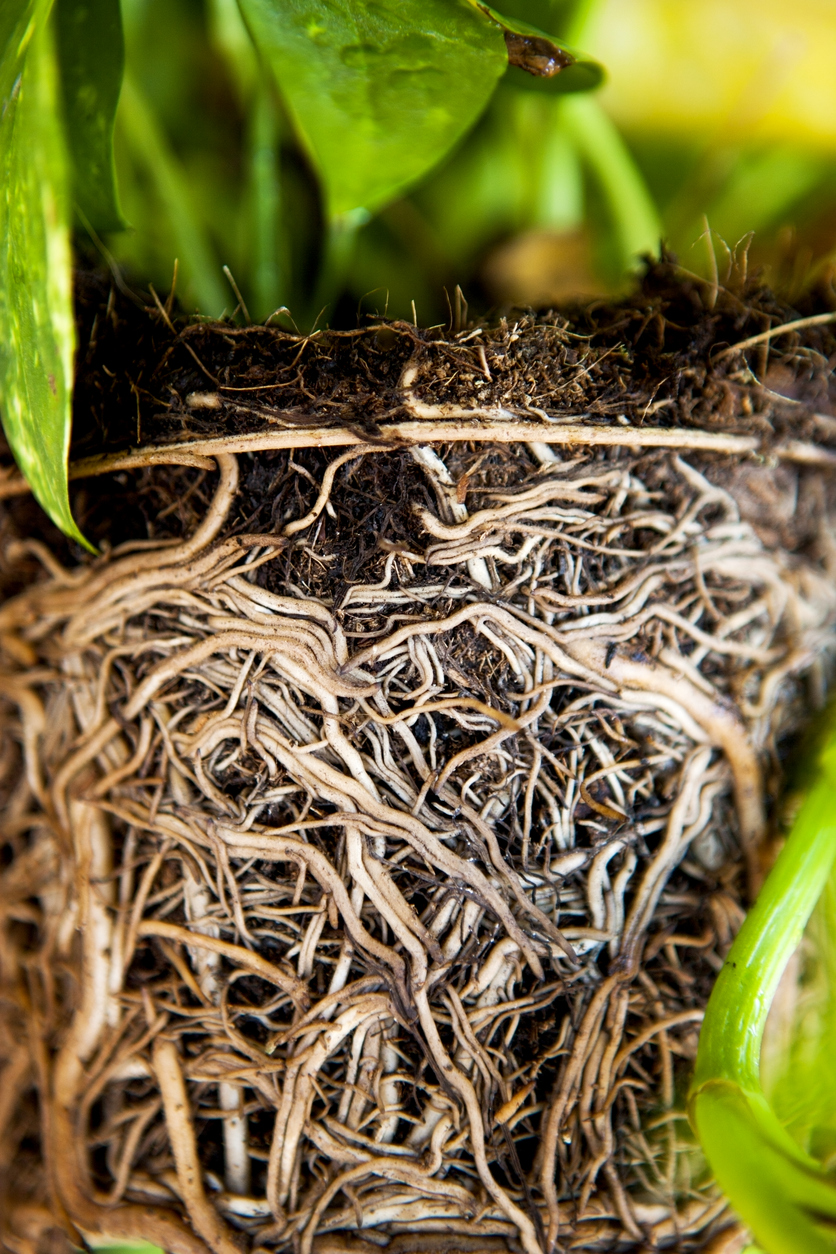
A plant’s roots are like the veins of the body. But instead of circulating blood, roots deliver nutrients and water that plants need to thrive. When roots aren’t in tip-top shape, a plant suffers. Problems with roots are impossible to see above the ground unless you know how to look for them.
Yellow leaves on a plant might be a sign to check for compacted roots. Gnarled and container-bound roots can’t deliver necessary sustenance to plants, which can turn leaves an unpleasant shade of yellow.
Key indicators: A root-bound plant will fail to thrive. Leaves might turn yellow or brown. An inspection of the roots will show that they have grown in a mat-like fashion.
Remedy: If possible, pull your plant out of the container and look at the roots directly. If they’re noticeably compacted, it’s probably time to repot.
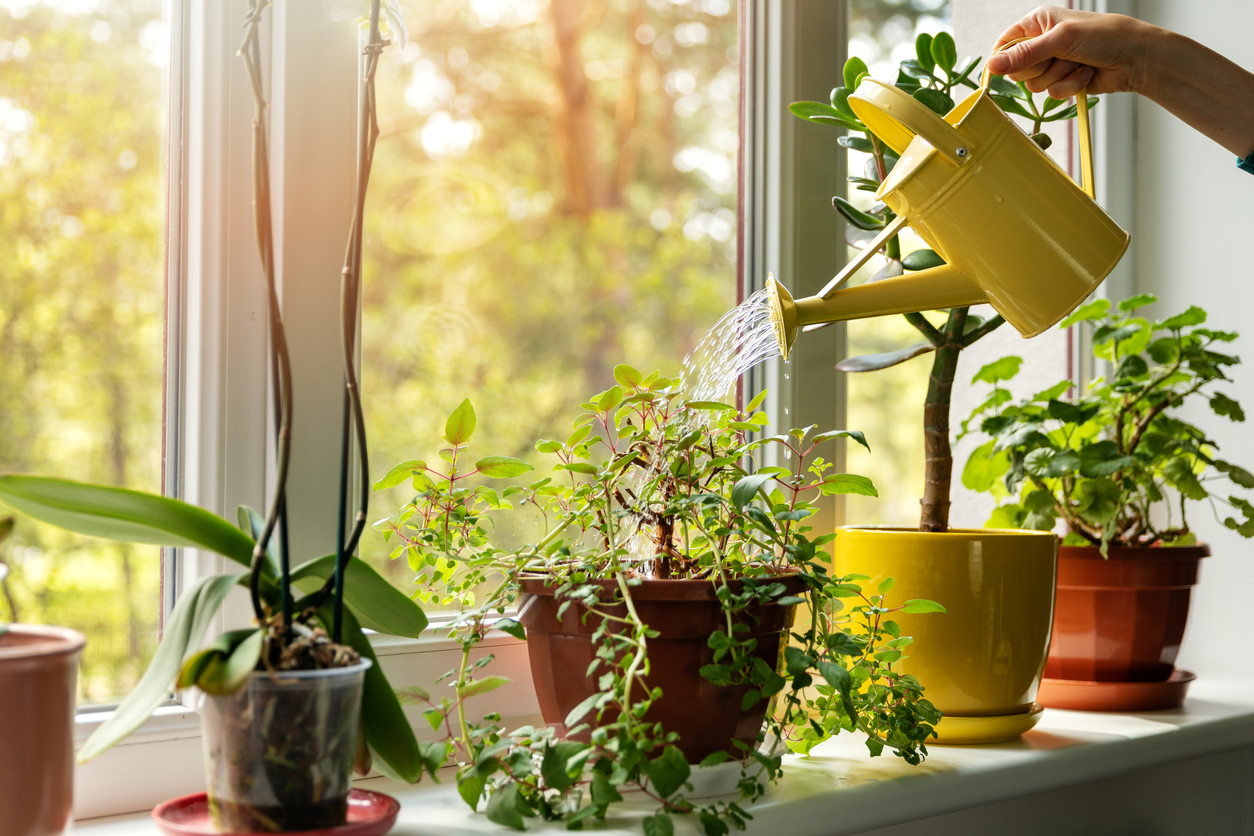
Too Much Moisture
Plants need water to survive. However, too much of it may lead to rot. When a plant starts to look unwell, most people react by watering. But sometimes, more water is not the answer. If plant roots are drowning in water, they can’t breathe or access nutrients.
Detecting whether a plant is getting too much water can be tricky, especially if a pot doesn’t have drainage holes or the ground’s soil makeup is unknown. Before watering, though, always check to see whether the soil is moist. Plug a finger and inch or more into the soil. Is it wet? Skip watering.
Key indicators: Aside from yellow leaves, overwatered plants might have roots that rise out of the soil in an attempt to avoid suffocation. Also, if there’s a nasty odor emanating from a plant, it might be a sign that the roots are rotting.
Remedy: Make sure to use well-draining soil for potted or garden plants. Avoid containers with no drainage holes, or add holes yourself. Additionally, when planting outdoors, don’t plant in spots where water tends to pool.
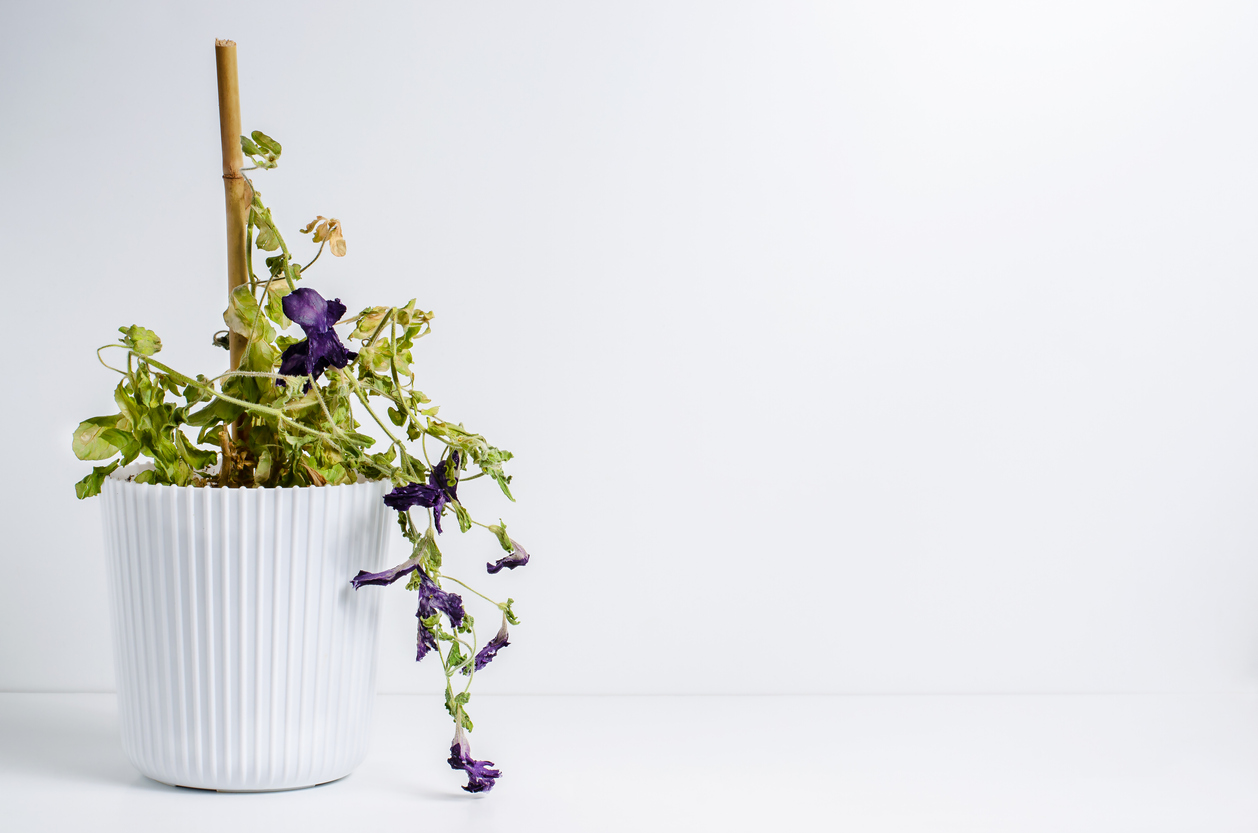
Too Little Moisture
Just to make it interesting, too little moisture also can cause leaves to turn yellow. If you haven’t watered in a long while and your plant’s leaves are yellowing, it’s likely because they need water. Generally, however, plants are better at handling a lack of water than an abundance of it.
Key indicators: Yellow leaves, parched soil, and lack of growth. Leaves might also feel dry and brittle to the touch and look droopy.
Remedy: Good old H2O will fix the problem. Prevent it in the future with consistent watering; add a layer of mulch around outdoor plants in dry areas.
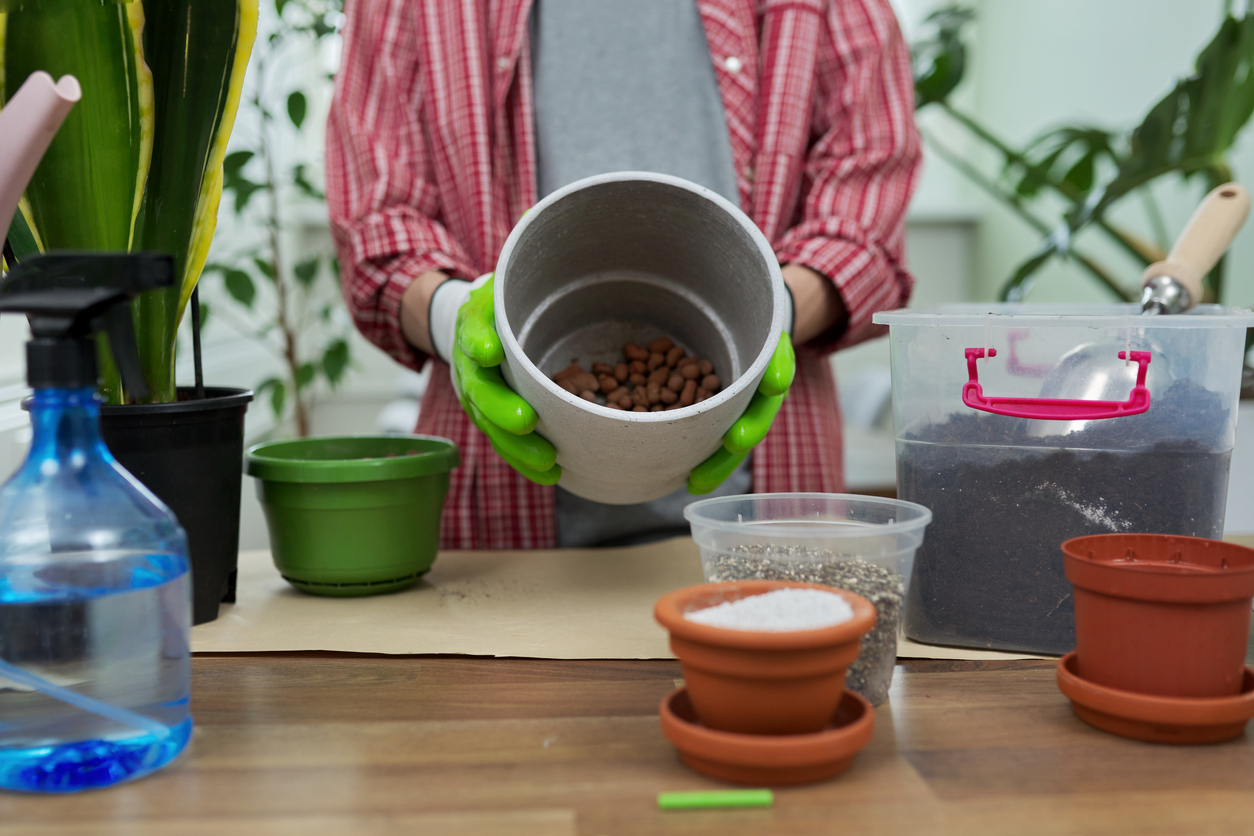
Lack of Nutrients
A lack of nutrients can cause problems when damaged or compacted roots cannot deliver food to a plant. A plant might be unable to access nutrients for other reasons, including pH imbalance. When the soil’s pH is off, it can hamper nutrient absorption, meaning a plant can’t access nutrients present in the soil. Other times, nutrients might be completely missing from the soil.
Key indicators: Specific deficiencies produce different symptoms. Nitrogen deficiency, for example, might cause leaves to turn completely yellow. Potassium deficiency, however, causes the edges of leaves to yellow.
Remedy: If the problem is pH-related, adding fertilizer might not work. If the soil is devoid of one or more specific nutrients, fertilizer is the answer. A soil test is the only way to know the root cause of the problem and whether you need fertilizer.
Overfeeding
Fertilizer helps plants grow, so more of it must produce even bigger, more beautiful plants, right? Unfortunately, that’s not how it works. Too much fertilizer can not only stunt growth. It can also harm the environment and disrupt the delicate underground ecosystem. Additionally, too much fertilizer can yellow leaves and is likely to prevent blooms and fruits from forming.
Key indicators: Leaves might yellow and wilt. Other symptoms include root rot, stunted growth, leaf drop, or browning of leaf tips. There may also be a visible crust of fertilizer on the surface of the soil.
Remedy: Remove the layer of fertilizer visible on the topsoil. Remove any dead leaves or plant matter. Water deeply and wait at least a month before fertilizing or get the soil tested to ensure that you don’t make the same mistake again.
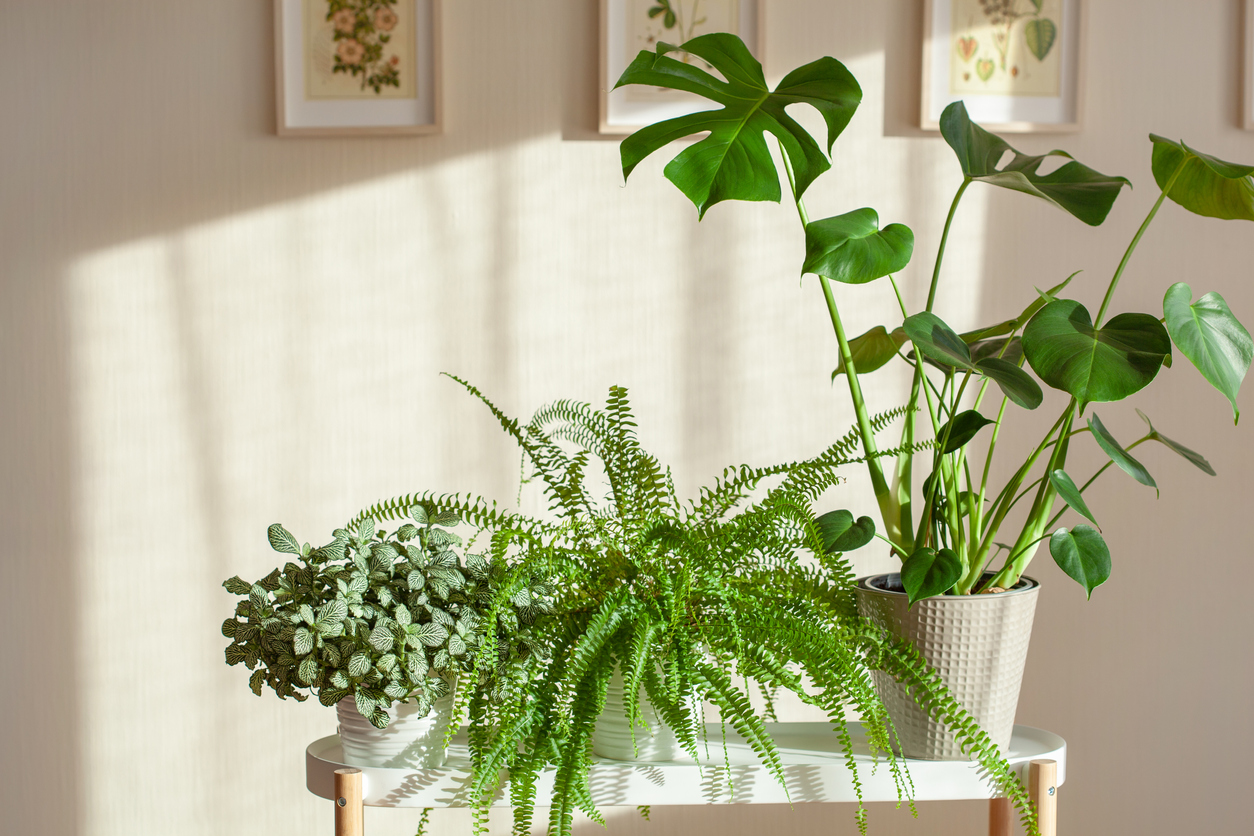
Not Enough Light
Plants that don’t get enough light quickly turn leggy and sickly looking. Without enough light, plants can’t properly photosynthesize. Yellow leaves due to lack of light is a common problem with houseplants because people often grossly underestimate the amount of light a plant is getting.
Key indicators: Leaf yellowing, leaf drop, and a leggy appearance.
Remedy: The fix for lack of light is easier said than done. Placing your plant in a sunnier area is the best way to rectify the problem. However, not everyone has an ultra-sunny windowsill available. If there’s not enough natural sunlight available, make some with the help of a grow light (available on Amazon).
Pest Infestation
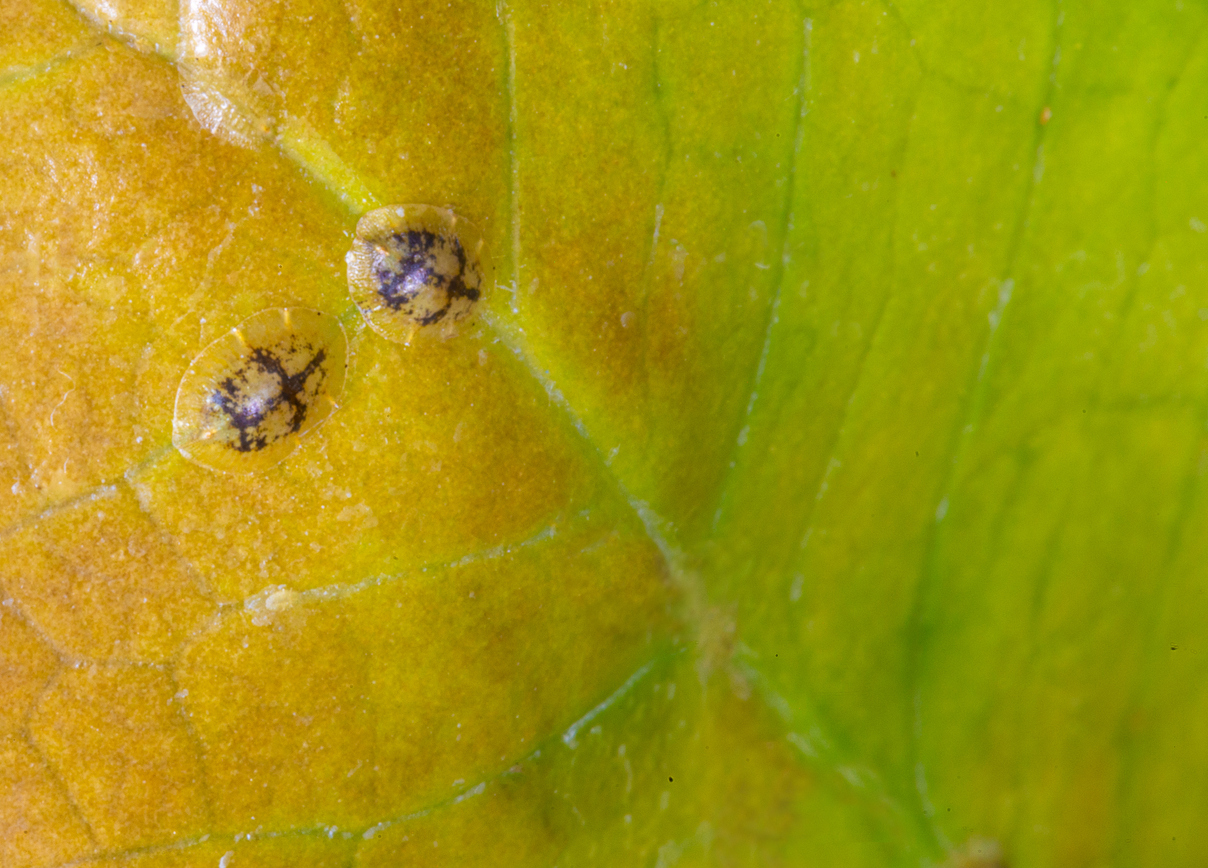
Eeek! No gardener wants to spot or deal with a pest infestation, but infestations do happen. Plant vampires like aphids, mites, mealybugs, and thrips are common houseplant pests. When these insects feed on foliage and the like, plants become stressed, and leaves can turn yellow. Some pests even damage roots, which can interrupt nutrient and water absorption.
Key indicators: Visible signs of pests might not be evident at first glance. Check the underside of leaves and look for physical damage that might indicate insect activity.
Remedy: Some insects, like mites, are easy to wash off with an intense burst of water. Others are a little trickier to get rid of. Neem oil is a fairly effective remedy for most houseplant pests. Generally, prevention is the best strategy. Always inspect store-bought plants before bringing them home or transplanting them to the garden.
It’s Too Cold
Some plants are particularly susceptible to changes in temperature. Tropical plants, like citrus trees, for instance, don’t do well in drafty locations. Placing a temperature-sensitive plant near a door or vent can cause yellowing and leaf drop due to stress, as can outdoor temps that drop too low.
Although windowsills sometimes provide the best source of light for plants, they can also be terrible in terms of regulating temperature, especially if the windows are old and poorly insulated.
Key indicators: Yellowing and leaf drop.
Remedy: Find a warmer, less drafty location for your precious houseplant or a new spot in the garden for an outdoor one.
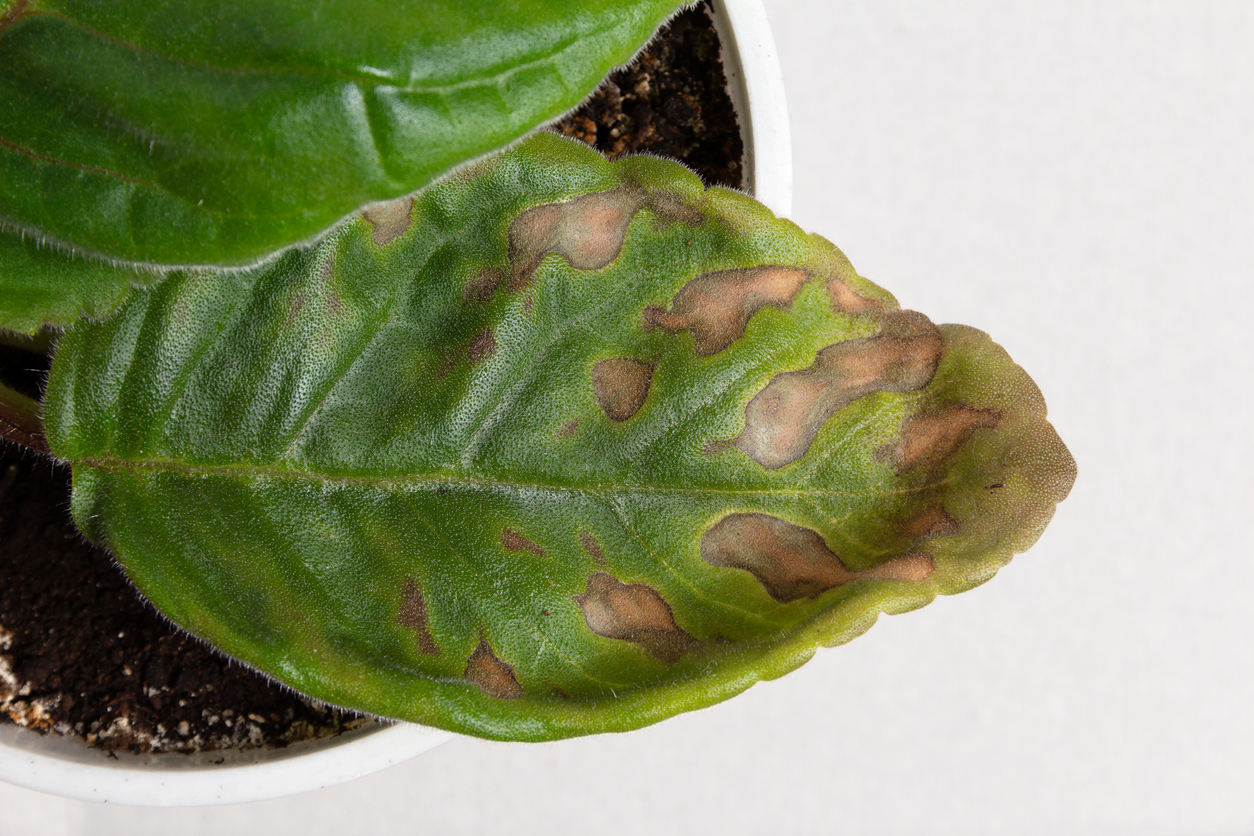
Disease
Many diseases also can cause plant leaves to turn yellow. Common sources of plant diseases are contaminated soil or pests. Fungal and bacterial plant infections can also hang around on unsanitized garden tools or store-bought plants. Diseases that might produce yellowed leaves include leaf spot, black spot, rust, and mosaic virus.
Key indicators: Depends on the disease. A diseased plant will have an overall unhealthy appearance.
Remedy: The fix will depend on the disease. Many plant diseases are incurable and might spread to nearby healthy plants. To avoid getting other plants sick, dispose of diseased plant material ASAP. If necessary, get help from a trusted source like your local extension office to address plant diseases.
